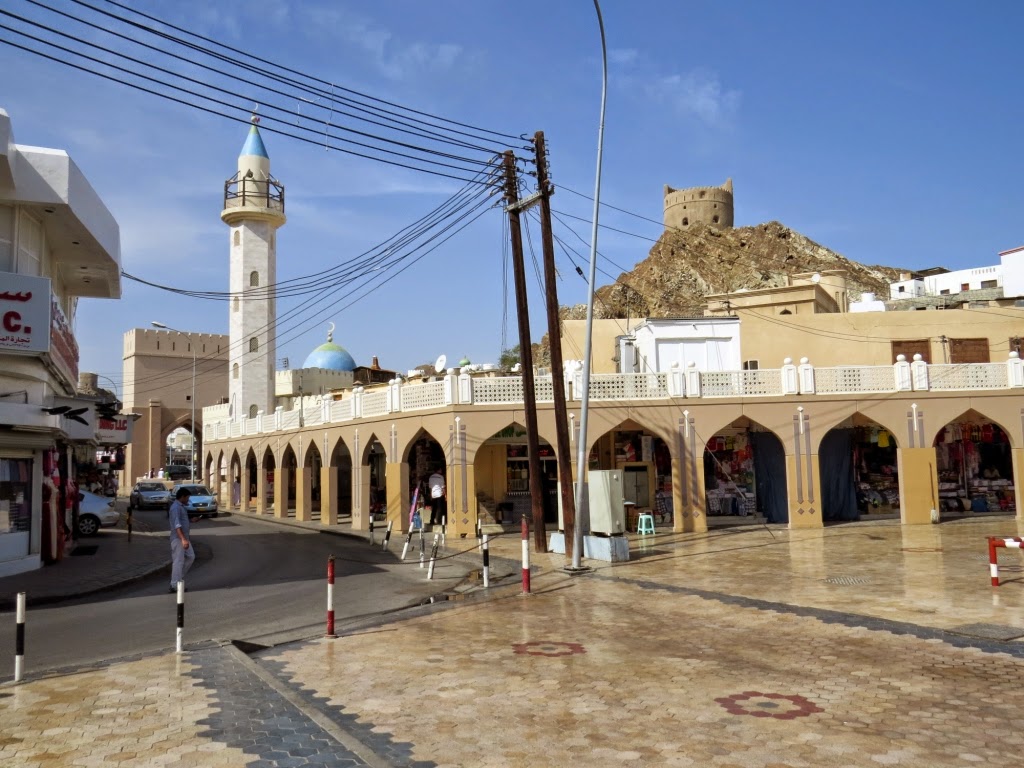Monday, March 23, 2015
Setting sail west northwest through
the Arabian Sea we headed for Muscat to dock at the port of Mina Qaboos. The Arabian Sea has two important branches -
the Gulf of Aden, connecting with the Red Sea and the Gulf of Oman connecting
with the Persian Gulf.
Muscat is the capital of Oman and
largest city. This city has a vibrant
economy and has been a crucial seaport for at least 24 centuries with links to
India and beyond. Muscat and Oman have
been ruled by the Al Said dynasty since the 18th century. In 1970, Qaboos bin Said ascended to the
Sultanate, and began an ambitious program of revitalization.
Visitors to Muscat discover a
fascinating combination of ancient and modern environments. The harbor is guarded by two 16th century
forts perched atop rocky outcrops. Between
the forts stands the palace of the Sultan. Entering the harbor you also see a huge white
incense burner sculpture created to honor the area's frankincense and myrrh. Beyond the city lies the vast area of the
Arabian Desert.
One of the things we enjoy most on
our visits to Oman is shopping at the Souks.
At the port in Mina Qaboos, you find one of the oldest, the Muttrah
Souk. Here you stroll through winding
alleys stopping to bargain with the traders for exotic spices, silverware,
Omani clothing and handicrafts.
Another fun way to see the area is
by sailing on a wooden dhow. From the
sea you view the dramatic mountains and the white washed buildings. Dhows have been sailing the Muscat waters for
centuries where they were used on trade routes, connecting Oman, India and
Iran.
Muscat and Oman is truly an area out
of the Arabian nights.
As-salaam alaykum "Peace be
with you" the Omani's say as we depart for our overnight sail to Dubai and
arrival early tomorrow morning.






















